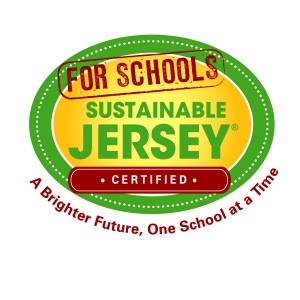What is digital learning? Like many of you, I went to school and was only exposed to a brick and mortar education environment. Computers were just becoming mainstream and I was privileged to attend public school that had a computer lab.
When I was an educator, I was privileged to have a laptop cart for my classroom but never had to learn how to transform my in-person classroom into a virtual space and I certainly never had to ensure digital accessibility for my students since I knew I could help them in person. This past spring as a parent I scrambled just like my childrens’ teachers to learn and understand the choices for digital learning; the differences across streaming platforms; the strength of the connectivity in our home and of course the daily pep talks we had as a family to continue to be motivated during a stressful, uncertain and isolating time. It was only through constant reading and researching that I was able to answer the question ‘What is digital learning?’ The US Department of Education defines digital learning as any instructional practice that effectively uses technology to strengthen a student’s learning experience and encompasses a wide spectrum of tools and practices. Unfortunately, that’s still not enough to help parents, other educators, and organizations or agencies who looked to answer the same question and launch it remotely this past spring. In the spring, we needed more guidance.

Where was the roadmap for this? Spring caught many by surprise and there was no statewide roadmap for remote digital learning. A few districts and networks had been using virtual and digital learning for emergency closures and snow days. There have been cyber schools, but they weren’t quite mainstream. As we begin the 2020-21 school year, one program was established to serve as the leader for digital learning and supporting digital schools: Sustainable Jersey Digital Schools Program. This program, administered by the Sustainability Institute at The College of New Jersey and led by Larry Cocco, was established in partnership with the NJDOE, NJSBA and is supported by the NJLEE group.
The Digital Schools Program released a Remote Digital Learning Roadmap 1.0 in August. This document breaks down the complexity of digital learning in a remote environment and provides examples, context and exemplars to easily understand what we all need to know about remote digital learning. This roadmap provides digestible content and several takeaways. Here are a few:
-
-
Communication & Connection: one theme throughout the roadmap is how important it is to share and solicit information between parents and teachers, teachers and districts and vice versa. Getting creative in continuing to provide connection for both students and teachers.
-
Equity: The systemic gaps in access and equity have been on full display when schools had to go remote- from devices and connectivity to educator capacity to support systems for families that rely on school for more than just an education. This roadmap defined ways to address these issues.
-
Ask questions: There is no one person that knows the right way to design and implement remote digital learning. Continue to ask questions and improve what has been tried already.
-
Content: Choosing content is important as quality over quantity matters during remote instruction. Creatively solve how to continue courses that are designed to be hands-on and ensure appropriate alignment and implementation of the critical skills that spiral through all of the state standards.
-
What now? I recommend all parents review the document so that you have a basic understanding of what expectations are available for remote digital learning and definitely look at pg 34, Appendix C “Checklist for Parents.” Here were a few that I thought were particularly important:
-
-
Be aware of your child’s emotional support needs
-
Be flexible and be resilient
-
Set time to check in with your children
-
Set rules around and monitor online interactions
-
Using this checklist through your professional learning communities -if you haven’t already- can be a constructive way to align on how you are going to implement your district’s plan by grade group or standards band or by student cohort. The possibilities are endless and it can feel overwhelming without the support of your colleagues.
We are all in this together, and as we dive into the next school year, fortunately we have some new resources like this Roadmap to help us think through each step in the process.
